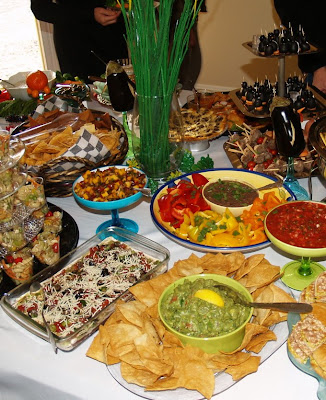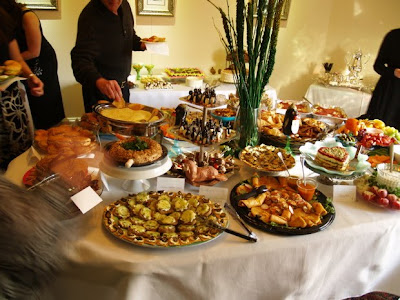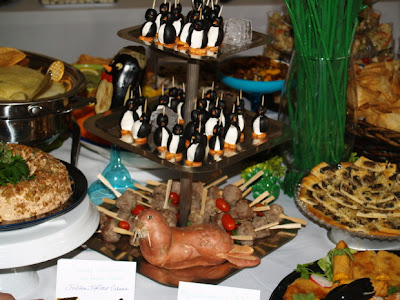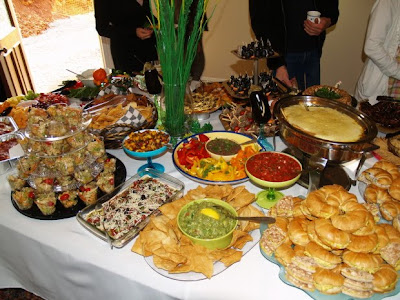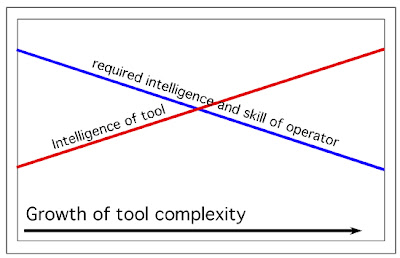In my continuing interest to explain the narrative function of crafts, I want to address one minor point of comparison. In discursive narrative, verisimilitude, or what Stephen Colbert calls "truthiness" is completely acceptable. In my interpretation of Bruner's article, discursive narrative may be based on real events or fictional, without diminishing our use of it to establish belief or to portray reality in shaping the beliefs of others. A great example is when Ronald Reagan used his movie characters' "experiences" as being valid in explaining and rationalizing positions he took in office as president. In political narrative, it has become completely acceptable to just make stuff up.
I want to compare this with craftwork as narrative expression. Crafts are not about making things up, but about making real things. Narrative, as used in politics, religion and entertainment creates belief based on verisimilitude, on ideas that may appear to resemble truth from certain psychological predispositions but may not be able to pass full muster of physical reality. In other words, in discursive narrative, you get to make stuff up. In crafts, you make beautiful and useful stuff instead, and if you are interested in reality, there is no substitute for the real thing, and I'm not talking Coke.
There is an honesty in craft work that is missing in too much k-12 and university education, and the results can be disastrous for the entire society. The following is from Charles Henry Ham's book, Mind and Hand, 1886:
It is thus that the trained hand comes at last to foresee, as it were, that a false proposition is surely destined to be exploded. The habit of rectitude gives it prescience. It invariably discovers, sooner or later, that a false proposition, when embodied in wood or iron, becomes a conspicuous abortion, involving in disgrace both the designer and the maker. A false proposition in the abstract may be rendered very alluring; a false proposition in the concrete is always hideous. One of the chief effects of manual training is, then, the discovery and development of truth; and truth, in its broadest signification, is merely another name for justice; and justice is the synonym of morality.









